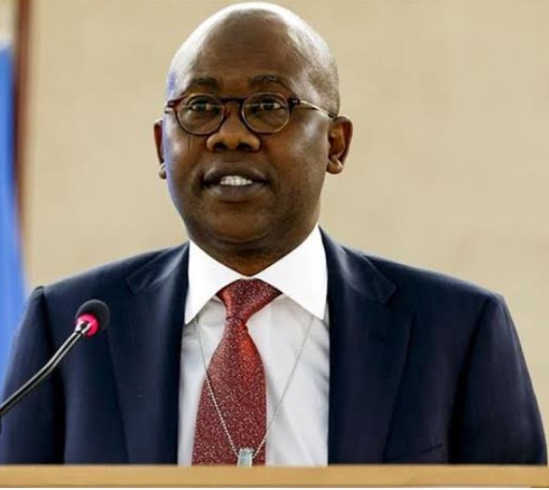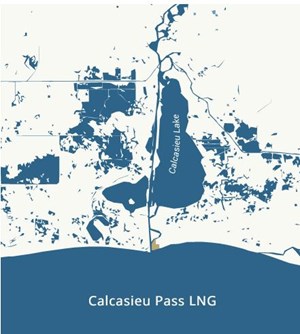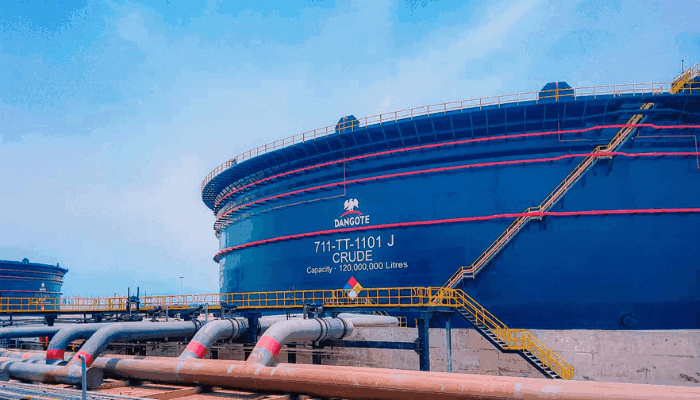By Nick Cunningham
The latest from Vienna is that Russia and Saudi Arabia are leaning towards the aggressive end of the suite of options under consideration, but as always, the negotiations remain fluid. Reuters said that Saudi Arabia and Russia could push a 1.5-million-barrel-per-day increase as a negotiating tactic in order to get the rest of the group to sign on to increases of around 500,000 to 700,000 bpd. In fact, the Wall Street Journal reported that Saudi Arabia was shopping a 500,000-bpd increase to fellow OPEC members this week.
Some sort of increase seems a foregone conclusion, so the next question is whether or not the group can deliver. Saudi Arabia remains the lone country that can quickly add very large volumes of oil. Russia has taken on a role as a sort of unofficial co-chair of the OPEC+ group with Saudi Arabia, but it isn’t clear that Russia can actually add large volumes of oil in short order.
Russia wants 1.5 mb/d of additional output from the group, but Russia itself might only be able to call upon small volumes of idle capacity. The exact amount has “become a critical question affecting the stability of global oil markets,” according to IHS Inc. “This is new territory for them, they’ve never had production that has been deliberately held back,” Matthew Sagers, managing director at IHS, told Bloomberg.
Russia might only be able to add between 100,000 and 300,000 bpd over the course of a few months. “We got a range of 100,000-300,000 b/d as their potential upside but I think it will take time to bring on the upper level,” said Chris Midgley, head of S&P Global Platts Analytics.
Related: Uncertainty Looms Large Over Latin American Oil
According to S&P Global Platts, Rosneft could add about 100,000 bpd within two months. Gazprom could add about 34,000 bpd within a month or two. Overall, Russia could conceivably bring back 300,000 bpd, but it would take six months or so to accomplish that. “To implement the OPEC+ cut, Russian producers reduced the amount of new wells drilled and delayed some greenfields, for example Trebs and Titov,” Christian Boermel, senior analyst for Wood Mackenzie, told S&P Global Platts. “It took Russia six months to cut 300,000 b/d and we assume that a similar timeframe is required to ramp up production again.”
The estimates vary. The IEA is not as optimistic, estimating that Russia could add only 155,000 bpd by the end of the year, while Goldman thinks Russia could add 500,000 bpd.
Saudi Arabia has a much greater capacity to boost output on short notice. The Kingdom says it could ramp up to about 12.5 mb/d of capacity, roughly 2.5 mb/d higher than current levels. But that rate of production has never been attempted and some question the reliability of that claim. Obviously, OPEC+ is not considering such a massive increase in output, but it is instructive to consider the absolute upper limit. And if Saudi Arabia can’t actually produce that much, and its total spare capacity is much lower, then an increase of 500,000 bpd to 1 mb/d over the next year or so would take a significant chunk out of spare capacity.
Goldman Sachs estimates that the OPEC+ group could only really bring about 1.3 mb/d of output online over the next 12 months.
That would leave the oil market dangerously thin on spare capacity. “If we see any further disruptions in the market, OPEC will have used their supply bullets and find themselves short of spare capacity, setting the stage for much higher prices,” Bastien Declercq, head of CSC Commodities in London, told Bloomberg.
Related: Russia Gears Up To Boost Oil Production In July
The problem is that the disruptions seem to be multiplying. We have known for a while about the rapid declines in Venezuela, plus the market is already baking in some losses from Iran. But around 400,000 bpd just went offline in Libya because of militant attacks. The duration of the outage is still unknown, but it has yet to be priced into the market. If the disruption is sustained for a lengthy period of time, it would wipe out a significant portion of the increases that OPEC+ is considering.
Meanwhile, even as the additional supply satiates the market in the near-term, the reduction of spare capacity to historically low levels would only put more pressure on 2019 and beyond. “The reduction in spare capacity will trigger more volatility in oil prices,” Antoine Rostand, president of Paris-based oil data company Kayrros, told the Wall Street Journal. “Any disruptions such as Libya will push up spot prices immediately.”
The result could be a return to contango, in which near-term prices trade at a discount to longer-dated futures. “The lack of spare capacity could push oil into contango in the longer-term as contracts further out jump,” Richard Fullarton, founder of the hedge fund Matilda Capital Management Ltd., said in a Bloomberg interview. “Stronger demand and potentially higher costs of U.S. production may also support the curve.”
Source: Oilprice.com









